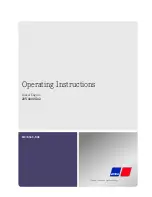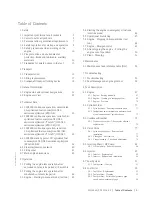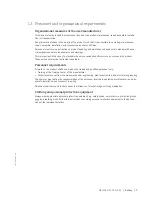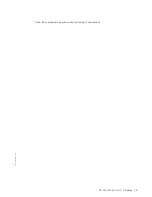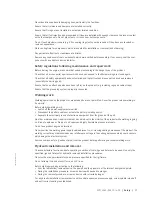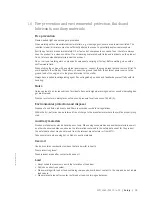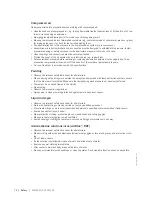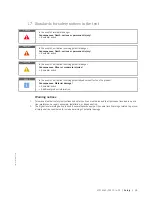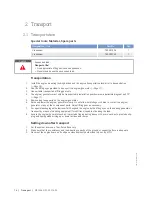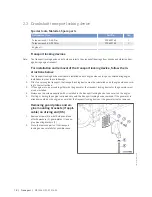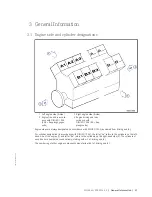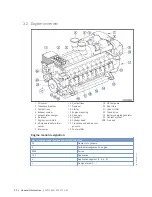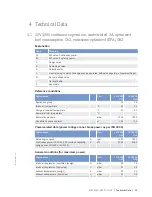
Never bend lines and avoid damaging lines, particularly the fuel lines.
Ensure that all retainers and dampers are installed correctly.
Ensure that O-rings are not installed in a slanted/twisted condition.
Ensure that all fuel injection and pressurized oil lines are installed with enough clearance to prevent contact
with other components. Do not place fuel or oil lines near hot components.
Do not touch elastomeric seals (e.g. Viton sealing rings) with your bare hands if they have a carbonized or
resinous appearance.
Note cooling time for components which are heated for installation or removal (risk of burning).
Pay particular attention to cleanliness at all times.
Remove any condensate from components which were chilled before assembly. If necessary, coat the com-
ponents with a suitable corrosion inhibitor.
Safety regulations following maintenance and repair work
Before barring the engine, make sure that nobody is standing in the danger zone of the product.
Check that all access ports/apertures which have been opened to facilitate working are closed again.
Check that all safety equipment has been installed and that all tools and loose parts have been removed
(especially the barring gear).
Ensure that no unattached parts have been left in/on the product (e.g. including rags and cable straps).
Ensure that the grounding system is properly connected.
Welding work
Welding operations on the product or mounted units are not permitted. Cover the product when welding in
its vicinity.
Before starting welding work:
• Switch off the power supply master switch.
• Disconnect the battery cables or actuate the battery isolating switch.
• Separate the electrical ground of electronic equipment from the ground of the unit.
No other maintenance or repair work must be carried out in the vicinity of the product while welding is going
on. Risk of explosion or fire due to oil vapors and highly flammable process materials.
Do not use product as ground terminal.
Never position the welding power supply cable adjacent to, or crossing cabling harnesses of the product. The
welding current may otherwise induce an interference voltage in the cabling harnesses which could conceiv-
ably damage the electrical system.
Remove components (e.g. exhaust pipe) from the product before performing necessary welding work.
Hydraulic installation and removal
Check satisfactory function and safe operating condition of tools, jigs and fixtures to be used. Use only the
specified jigs and fixtures for hydraulic removal/installation procedures.
Observe the max. permissible force-on pressure specified for the jig/fixture.
Do not attempt to bend or exert force on H.P. lines.
Before starting work, pay attention to the following:
• Vent the installation/removal device, the pumps and the pipework at the relevant designated points.
• During the installation procedure, screw on device with pushed-in plunger.
• During the removal procedure, screw on device with retracted plunger.
For a hydraulic installation/removal device with central expansion pressure supply, screw spindle into shaft
end until correct sealing is established.
M015565/03E 2016-02
| Safety | 11
TIM-ID: 0000040535 - 012

